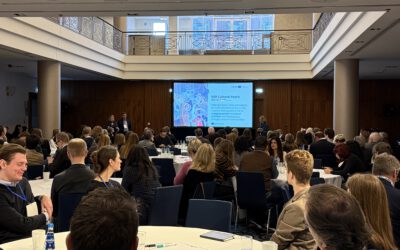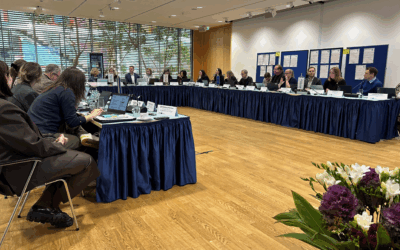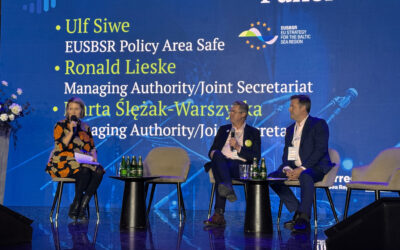Active pharmaceutical ingredients are found in our environment at concentrations that pose a risk to wildlife. Pharmaceuticals are used to treat humans and animals, and we cannot stop using them. Instead, the overall consumption of pharmaceuticals tends to increase with an aging population. “We must find applicable solutions to decrease the emissions of pharmaceuticals in the Baltic Sea region, and we need to work together.”, states Noora Perkola, a leading researcher in Finnish Environment Institute and leader of the project “Clear waters from pharmaceuticals” (CWPharma).
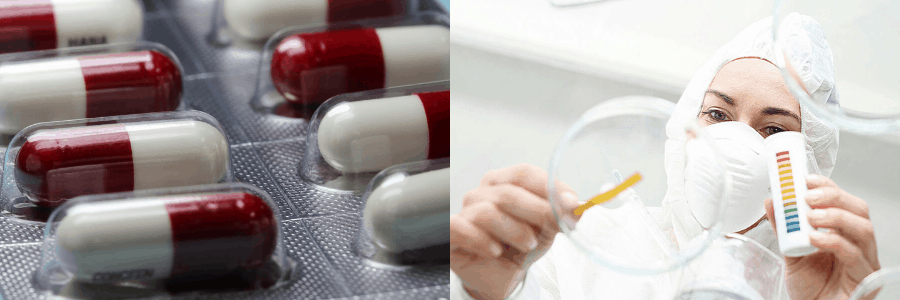
CWPharma (photo: Panthermedia/Robert Przybysz) Active pharmaceutical ingredients are found in our environment at concentrations that pose a risk to wildlife.
The partnership of CWPharma works to decrease the Baltic Sea waters’ pollution by medicine waste.
Cleaner wastewaters
Increasing and improving wastewater treatment reduces the emissions of pharmaceuticals from human consumption. Conventional treatment can only remove some pharmaceuticals from the wastewater, namely those that are efficiently degraded by bacteria or are absorbed in sludge. The better the treatment plant works, and the more wastewaters of the Baltic Sea region are treated, the less these pharmaceuticals are emitted to surface waters. However, most pharmaceuticals pass through the treatment plants into the receiving waters, which is why treatment plants require an upgrade.
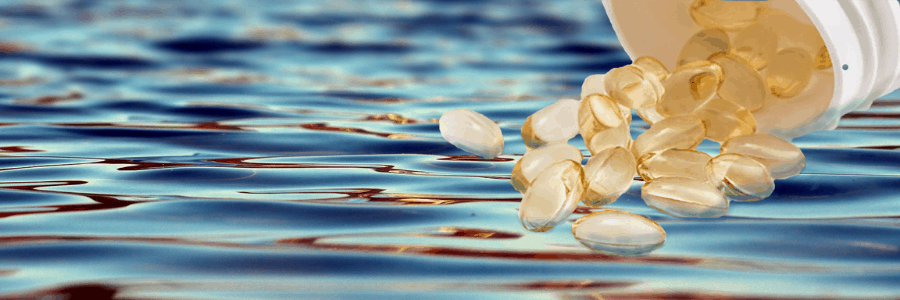
International cooperation
In CWPharma partners from seven countries worked together to decrease the emissions and protect the Baltic Sea. To find the best ways, authorities, water and waste associations, research institutes and wastewater treatment plants worked together. They examined good practices for pharmaceutical waste management, environmental permitting of pharmaceutical industry and dissemination of information on pharmaceuticals and the environment. Wastewater treatment plants in Kalundborg, Linköping and Helsinki optimised advanced wastewater treatment. There was no simple, single solution for this problem. Instead, they concluded that the best solution is to combine different types of emission reduction measures.
During the CWPharma project, ozonation facilities in Linköping and Kalundborg were evaluated and optimised. These treatment plants are the first ones in Denmark and Sweden cleaning wastewaters with ozonation to remove pharmaceuticals and other micropollutants. The experiences at these wastewater treatment plants, complemented by post-treatment studies by researchers in Berlin and Kalundborg, were compiled as a guideline for those planning and optimising advanced wastewater treatment.
“The guideline for optimising advanced wastewater treatment will be used as part of CWPharma 2 extension stage project by e.g. Hillerød Wastewater Treatment Plant which is dedicated to upgrade to pharmaceutical removal until 2023.”
– Prof. Kai Bester, Aarhus University
Pharmaceutical usage and waste
Not only wastewater treatment plants but also citizens can prevent toxic emissions entering the Baltic Sea. Only by decreasing the consumption of the environmentally problematic compounds citizens can make an impact on water quality. In many cases it is not possible to decrease the consumption of medicine, but sometimes drugs can be replaced with less toxic medicine. A pain killer diclofenac exceeds the safe concentrations in the surface waters very often, it is mainly coming from gels used to treat e.g. bruises externally. Avoiding the topical use of diclofenac could decrease the concentrations significantly.
Another possibility for citizens to make an impact is the correct disposal of medicine waste. Although the collection and disposal of medicine waste are well organised in many Baltic Sea countries, there is still room for improvement. In all countries, where people have been asked what they do with the outdated or unneeded pharmaceuticals, too many said they dispose of them within their own drainage, which is the worst place for the unused pharmaceuticals. A human body is an efficient removal system for many pharmaceuticals, metabolizing and inactivating the compounds. When such an extensively metabolizing drug is thrown into the sewer, one pill can equal as many as 100 pills that would have been consumed as medicine. Therefore, the proper disposal of medicine waste is an important step to decrease the pharmaceutical emissions.
“Inspired by CWPharma’s press release about pharmaceutical waste in September 2020, the pharmaceutical company Roche Eesti commissioned a study to find out how Estonians dispose of the household medicine waste. The survey revealed that 51% of the respondents have disposed of pharmaceutical waste in an incorrect manner. The main reasons why they did not dispose of the pharmaceuticals according to the rules were due to their own low awareness of how to dispose of pharmaceutical waste (57%) and a quarter of respondents have also mentioned lack of time and too few collection points of such type of waste. These results demonstrate how important it is to keep raising awareness for pharmaceuticals and their consequences for the Baltic Sea, which we will continue to do in the extension project CW Pharma 2.”
– Noora Perkola
Article by Noora Perkola, Project Manager of the project CWPharma, with support of Jennifer Billowie, Managing Authority/Joint Secretariat of Interreg Baltic Sea Region



